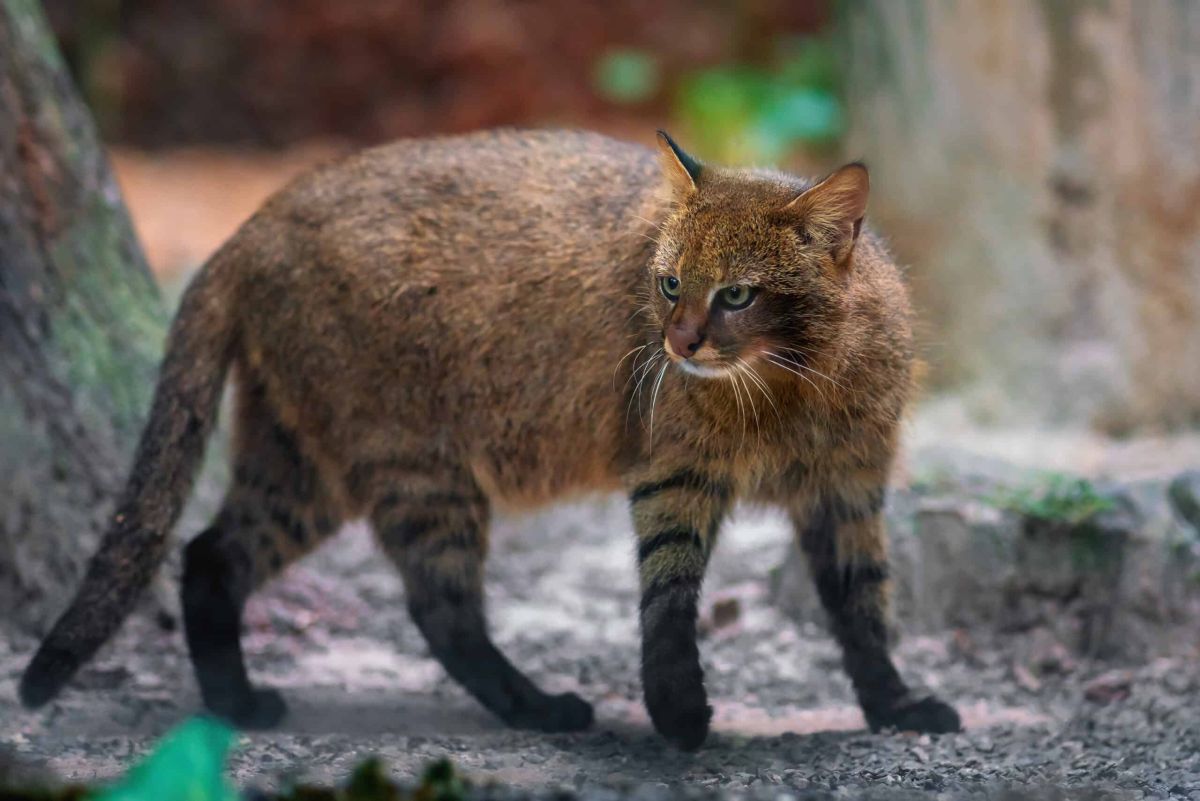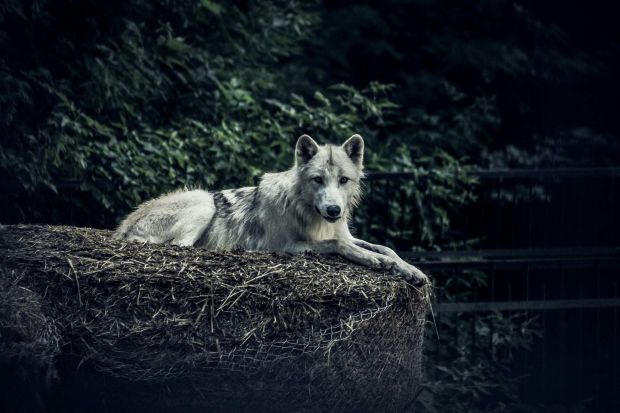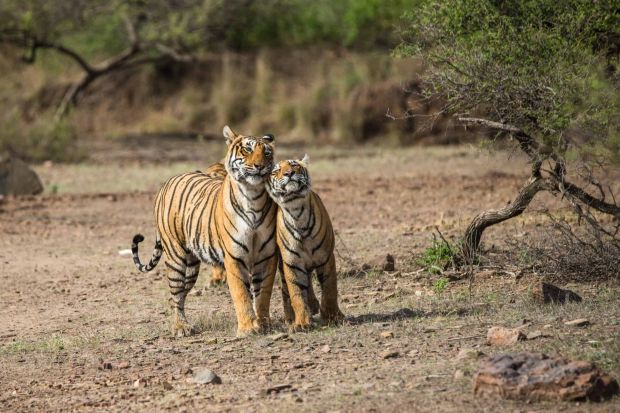The Pampas Cat: An Elusive Treasure of the South American Savanna

Among the diverse wildlife that roams the vast plains of South America, the Pampas cat (Leopardus colocola) stands out as a lesser-known yet captivating member of the feline family. This small wildcat, native to the grasslands and montane regions of the continent, embodies the beauty and mystery of the wild. Fortunately, increasing awareness about its existence is encouraging conservation efforts, making it essential to shed light on this remarkable species.
Taxonomy and Distribution
The Pampas cat belongs to the genus Leopardus and is classified into three main subspecies, each adapted to different ecological niches. These include the Pampas, Pantanal, and Andean subspecies. It is primarily found in countries such as Argentina, Bolivia, Chile, Paraguay, and parts of Brazil, inhabiting regions characterized by grasslands, shrublands, and even the edges of forests.
Physical Characteristics
Adult Pampas cats are relatively small, typically weighing between 3.5 to 7 kg (7.7 to 15.4 lbs) and measuring around 55 to 77 cm (22 to 30 inches) in length, excluding the tail. They possess a slender body, long legs, and a tail that is almost as long as their body, which aids in balance during agile movements. Their fur is typically sandy to grayish-brown with darker spots, which serve as excellent camouflage amidst the grasses and shrubs of their habitats.
Behavior and Diet
Primarily nocturnal, the Pampas cat is an elusive hunter, relying on stealth and patience to stalk its prey. Their diet consists mainly of small mammals, birds, and reptiles, with guineafowl and rodents being common targets. This adaptability allows the Pampas cat to thrive in various habits, from open plains to mountainous terrain.
Unlike some of their larger cousins, Pampas cats are relatively solitary, coming together only during mating seasons. Their territorial behaviors are marked by scent marking and vocalizations, which serve to establish boundaries and communicate with potential mates.
Conservation Status
Despite their resilience, the Pampas cat faces several threats that have led to their classification as Near Threatened on the IUCN Red List. Habitat loss due to agriculture, urbanization, and livestock grazing has severely impacted their natural environments. Additionally, they are often victims of traps set for other species and may be killed as a result of misunderstandings with humans.
Conservation efforts focusing on habitat preservation, education, and reducing human-wildlife conflict are crucial. Local NGOs and international wildlife organizations are beginning to collaborate with communities to promote coexistence and protect this fascinating feline.
The Role of the Pampas Cat in Ecosystem Health
Pampas cats play a vital role in maintaining the ecological balance of their habitat. As predators, they help regulate prey populations, contributing to the overall health of the ecosystem. Their hunting behavior ensures that the populations of rodents and other small animals do not explode, which can lead to overgrazing and damage to the vegetation.
Conclusion
The Pampas cat may not have the notoriety of larger felines like the jaguar or cougar, but its unique adaptations and critical role in the ecosystem render it a vital component of South America’s biological diversity. As efforts continue to secure their future, understanding and appreciating the Pampas cat will be crucial for fostering support for conservation initiatives.
By shining a light on this elusive species, we can help safeguard not only the Pampas cat but also the rich ecosystems of which it is a part.



